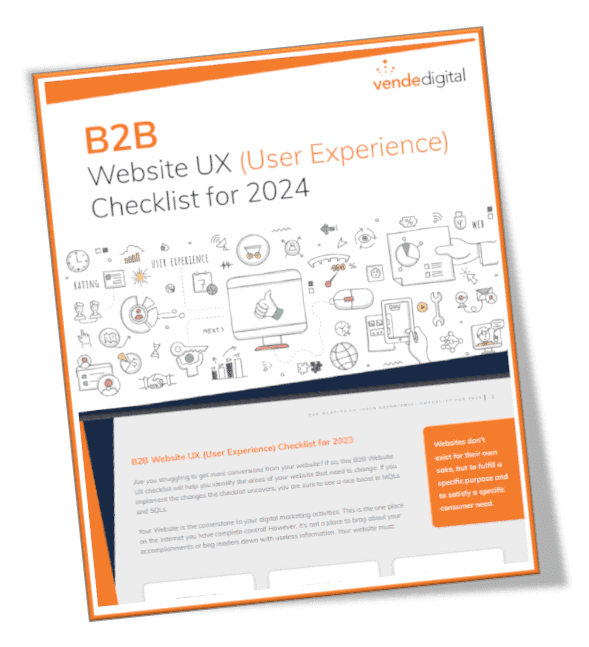By Kate Grigal
Digital Marketing, by and large is filled with a long laundry list of confusing terms, acronyms and concepts that leave most advertisers scratching their heads and saying “What the heck am I supposed to do next?”
We at Vende Digital have heard many of our client’s express confusion over the ever changing landscape of Digital Marketing and we’ve decided to break programmatic advertising down for you in a way that we hope is insightful, meaningful and most importantly, leaving you wanting to add programmatic to your marketing mix.
Let’s start at the beginning: Programmatic simply means automatic. Programmatic buying refers to any ad space bought automatically on a web page, through either bidding for the space or buying it directly so it’s guaranteed to be yours. At Vende Digital, we focus on bidding for ad space, allowing us to garner the best possible price for your ad placement.For the purpose of this article, we are going to focus on the world of display advertising as it relates to programmatic. Many of you are currently buying text ads on Google (or Bing/Yahoo) and your agency partner bids on keywords to allow a text ad to be shown on the search engines. In Programmatic RTB (real time bidding), we are bidding on the user to see the ad in a real time auction.
Here is a better way to look at this. Back in the “olden” days of display advertising, a media buyer would spend countless hours determining the best sites for an advertisers ads to be displayed. Now with RTB we can execute campaigns and get in front of users that are looking for an advertiser’s products or services, based on a variety of criteria and campaign options.
There are many types of Programmatic Campaigns that an advertiser can weave into their campaign mix.
- Remarketing : Displaying ads to users that have been on your site, and are seen elsewhere on the internet.
- Keyword Display: Leveraging your existing keyword lists that an advertiser bids on through PPC (Pay Per Click Search), we can find users ANYWHERE that have searched on your identified keywords and serve them an ad. Example: If you are targeting users that have searched on Sustainable Living, we can use that as a keyword, and serve a display ad to users wherever they are.
- Demographic Targeting: Select certain demographic targets and serve ads to users that match your criteria. For example- if you are a skin care company that targets women over 40, that make 75,000/year or more, we can create a campaign that matches those selections.
- Category Targeting: Want to get in front of users that are interested in a certain type of content? If you are a sporting goods company, we can target users that are on websites that have a focus on health, wellness, fitness, etc.
Still with us? Over the next few months, we will do a deeper dive into each of the different campaign methods and explain how they can help your business be more successful.
Up next in this series: A glossary of terms that will help you understand the difference between CPC, CPA, CPM and more!
